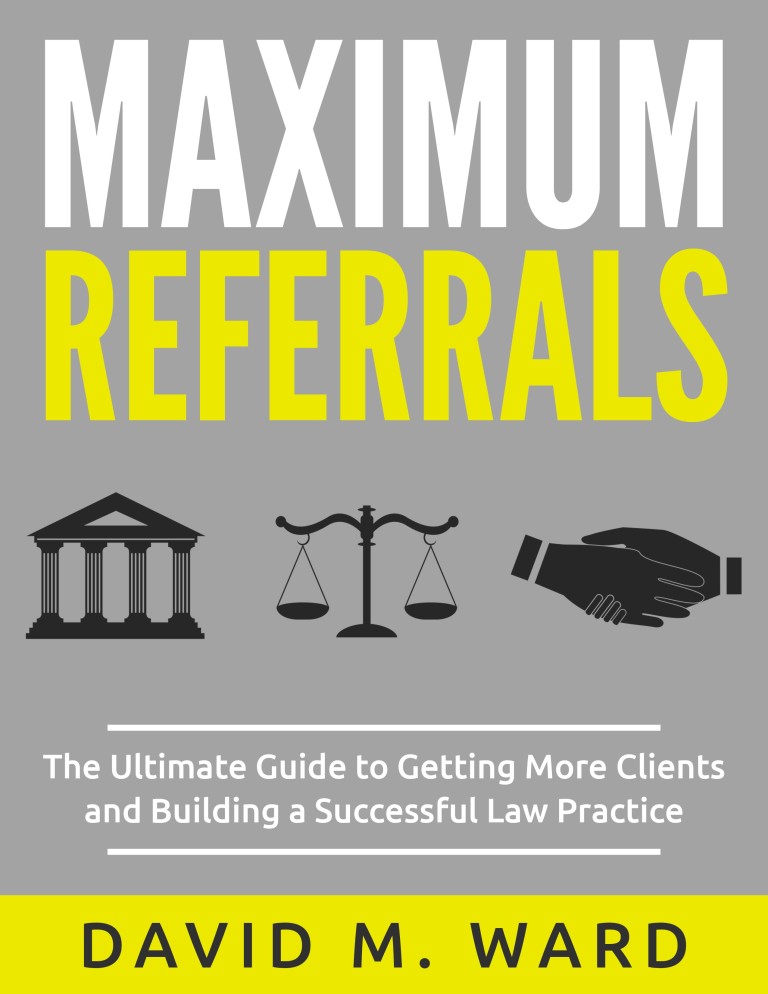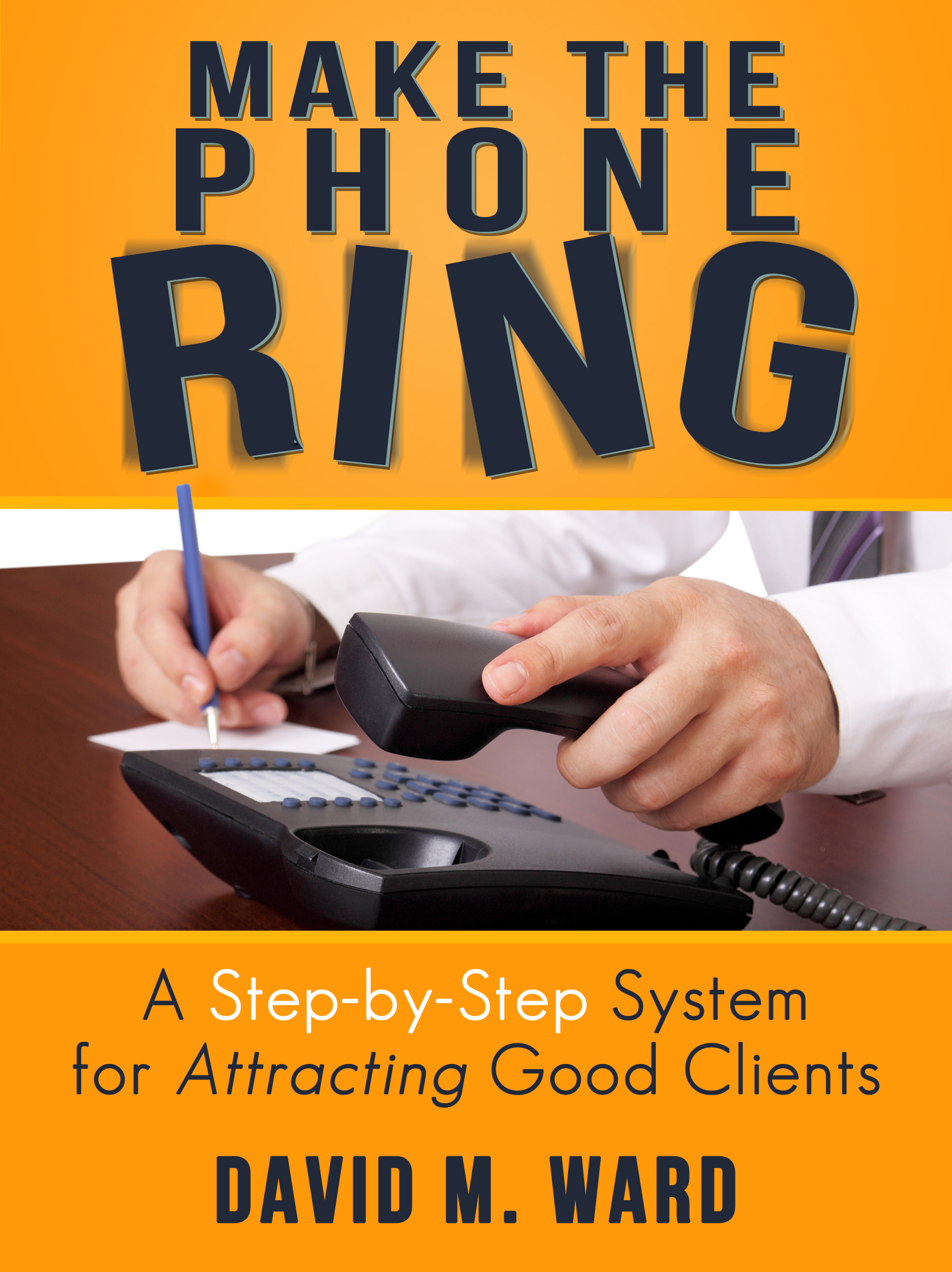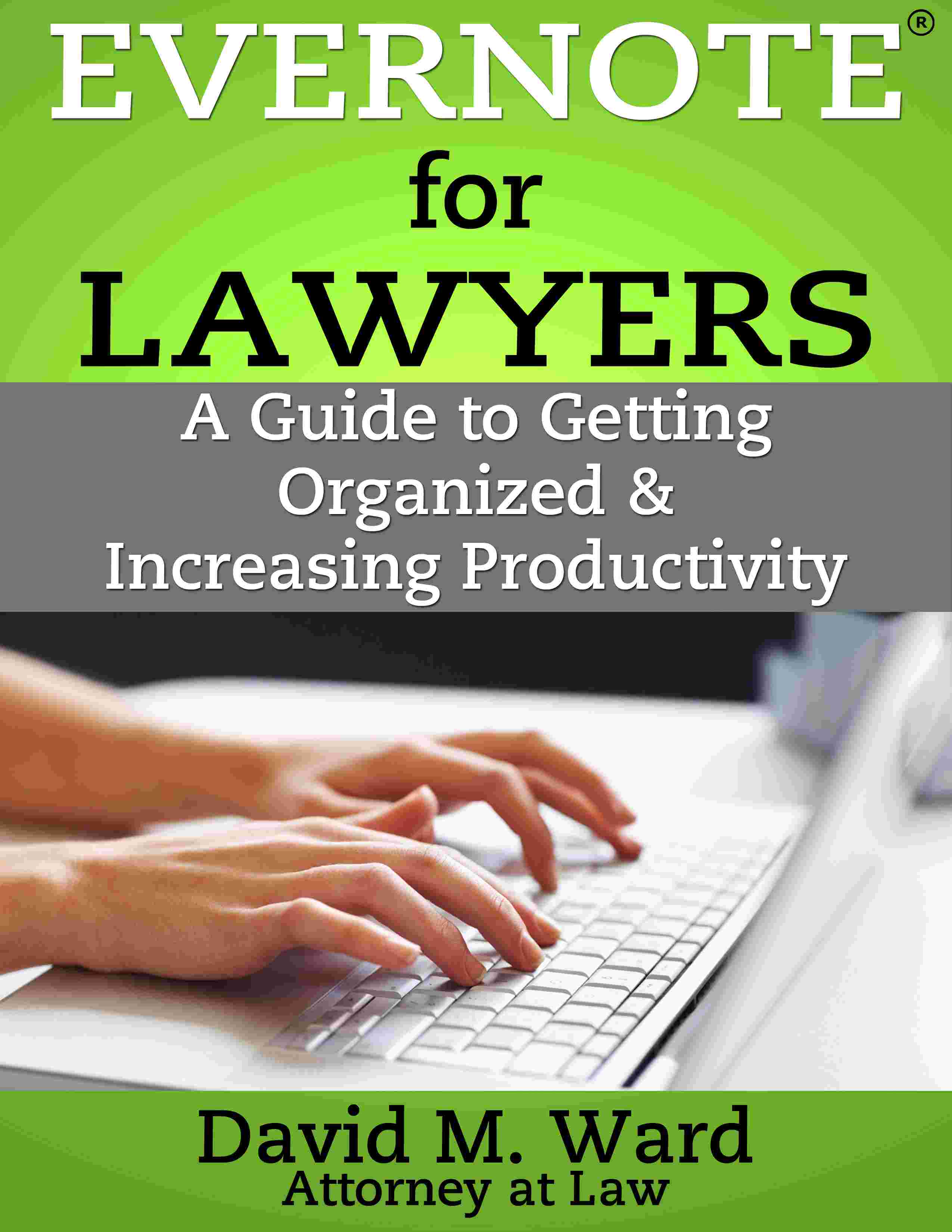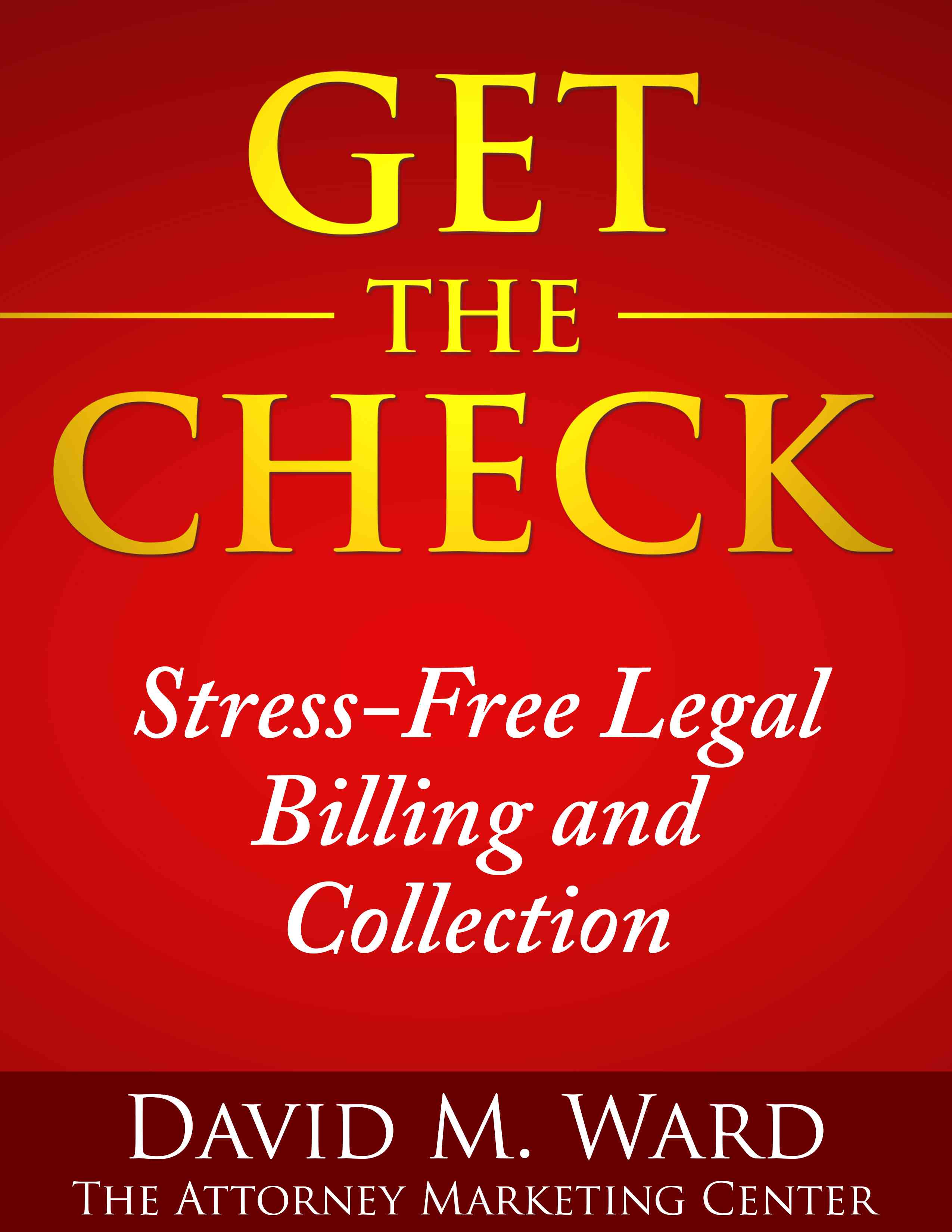I have a system for doing the dishes.
First, I survey the kitchen to make sure I’ve got everything either in or next to the sink. There’s nothing worse than thinking you’re finished and finding you forgot a glass or two.
Next, I put the silverware in a pile in the sink. I get it out of the way so I can rinse the plates and glasses and load them in the dishwasher, which I do next.
Then, I rinse the silverware and put it in the dishwasher and add soap. Now I have room in the sink to do the big stuff (pots, platters, etc.), which I leave to dry in the washboard or in the sink.
Finally, I clean the countertop and stove.
This may sound obsessive to you but I think it’s logical. It allows me to get everything done as quickly as possible, or at least believe that it does.
Anyway, it works for me.
I have systems for a lot of things. I’m told that productive people do. But I don’t have (or don’t follow) systems for everything.
I check email much more frequently than experts say I should. I don’t always follow the “2-minute rule,” e.g., processing emails that take 2 minutes or less on the spot. Inbox zero: often but not always. Weekly review? Don’t ask.
I’m also inconsistent with writing projects. Sometimes I start with an outline, sometimes I just start. Sometimes I finish quickly, sometimes projects linger for months.
I believe in systems (or “routines” if you prefer). I know they save time, reduce effort, and help you focus on what’s important. And, when I follow a system, I like the hit of dopamine I get each time I (mentally) check off the next box.
So why don’t I have systems for more things? And for the systems I do have, why don’t I follow them consistently?
I don’t know. Because I’m a flawed human being? Or maybe because not everything is as simple as washing dishes.
Here’s my system for getting more referrals







